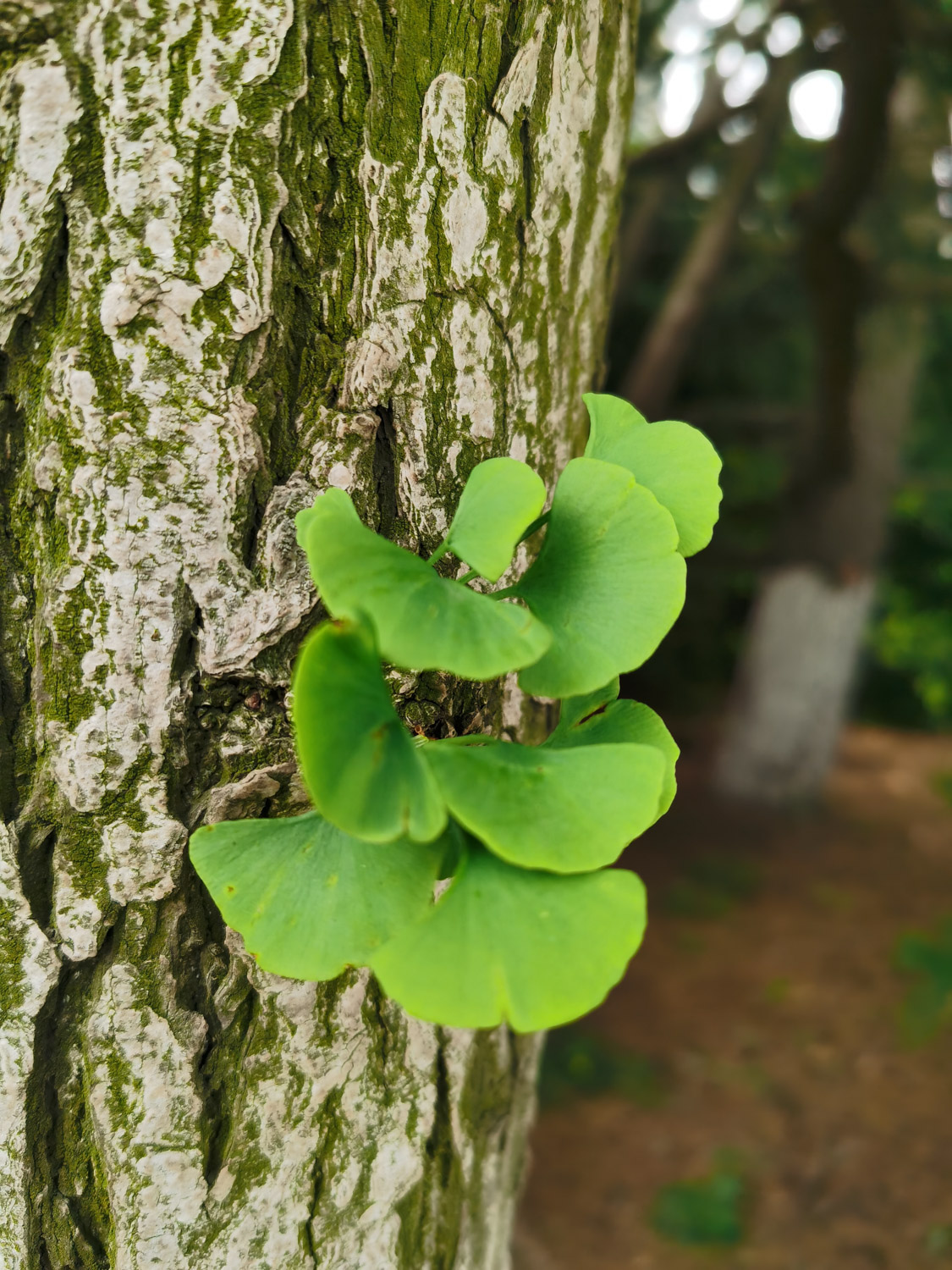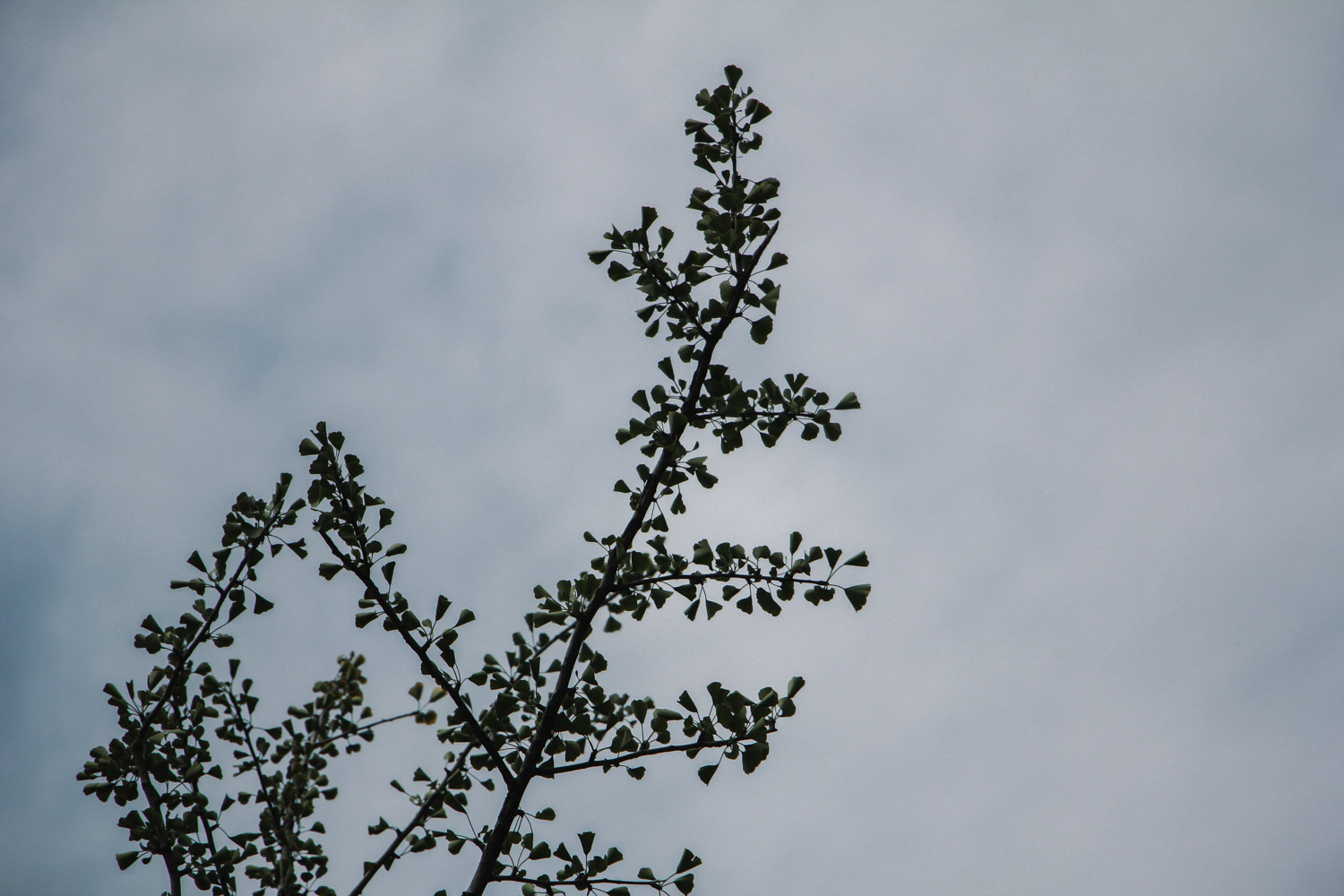1、 Sowing time
Ginkgo biloba is usually sown in spring, mostly in early April. At this time, the climate is warm and the temperature rises gradually, which is helpful for the rooting and germination of seeds. Seedlings are afraid of mild and strong light. Therefore, if sown in summer, the survival rate is not high, which will also affect their development, and it is difficult to recover in autumn. It can also be sown in autumn and winter, but it usually doesn't germinate until spring

2、 Early germination
In order to make ginkgo seeds have a higher germination rate, it is necessary to promote its germination in advance. Prepare a basin of warm water, soak the seeds in it, soak for 2-3 days, and change the water every day. Then take it out and put it on plastic paper. Spray water with a watering can in the morning or at night to keep it moist. It can sprout in about a week

3、 Sowing
Ginkgo biloba is generally planted in high-lying places, while ensuring sufficient water source and good drainage. Before planting, the ground shall be leveled, enough base fertilizer shall be applied, and then the fertilizer shall be turned underground. The seeds shall be sown into the soil, and the bud tip shall be downward for budding. For large-scale sowing, the row spacing should be controlled between 20-30 cm and the plant spacing should be 10 cm, so as not to affect the growth

4、 How do seeds spread
Ginkgo biloba fruit will fall naturally after ripening. In case of strong wind, it will roll to other places. As long as there is a suitable environment, the seeds will take root and sprout

 how many times do yo...
how many times do yo... how many planted tre...
how many planted tre... how many pine trees ...
how many pine trees ... how many pecan trees...
how many pecan trees... how many plants comp...
how many plants comp... how many plants can ...
how many plants can ... how many plants and ...
how many plants and ... how many pepper plan...
how many pepper plan...































